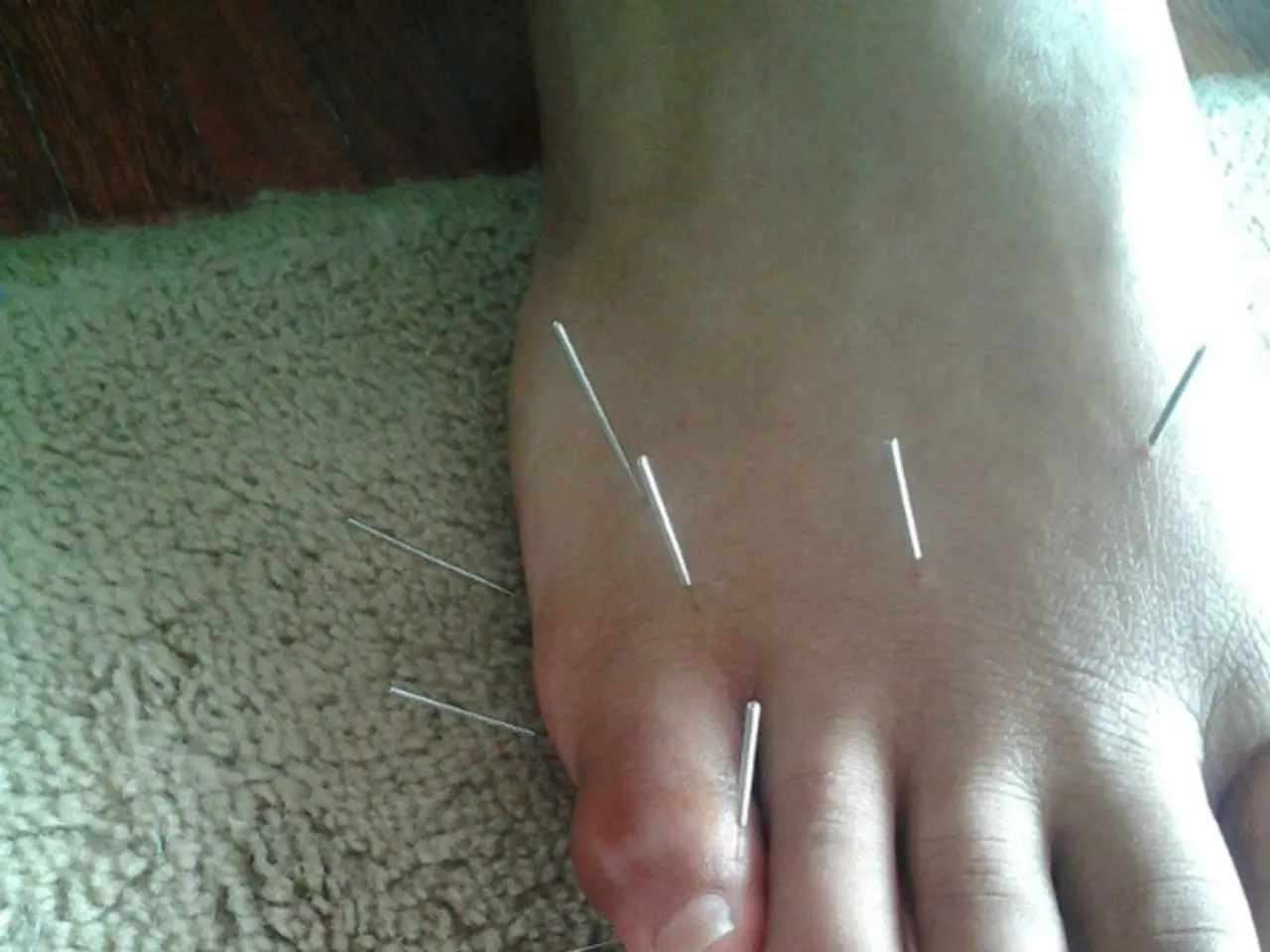Femoral Nerve Damage: Causes, Symptoms, and Surgical Repair
The femoral nerve, a major nerve that supplies the legs, plays a crucial role in leg movement and sensation. Damage to this nerve, often caused by pelvic fractures, can lead to serious mobility issues and numbness. Prompt surgical intervention can repair such damage.
The femoral nerve originates between the second and fourth lumbar vertebrae, carrying both motor and sensory information. It has a triangular shape and passes through the pelvic region, nestled between the iliacus and psoas muscles. Its primary function is to instruct the quadriceps muscles to straighten the leg.
Injury to the femoral nerve frequently occurs in pelvic fractures, particularly when there's involvement of the anterior pelvic ring or disruption near the inguinal ligament. This is due to the nerve's proximity to these structures. Symptoms of femoral nerve damage include impaired leg movement, especially in straightening the leg, and lasting numbness in the affected area. Notably, the femoral nerve also gives rise to the saphenous nerve, which serves the foot.
Surgical correction can repair femoral nerve damage if detected promptly. However, prevention is key. Those at risk, such as individuals with pelvic fractures, should seek immediate medical attention.
The femoral nerve, vital for leg movement and sensation, is vulnerable to damage from pelvic fractures. Prompt medical intervention is crucial for repair and prevention of long-term mobility issues. Understanding the nerve's role and injury risks can help ensure timely treatment and recovery.






